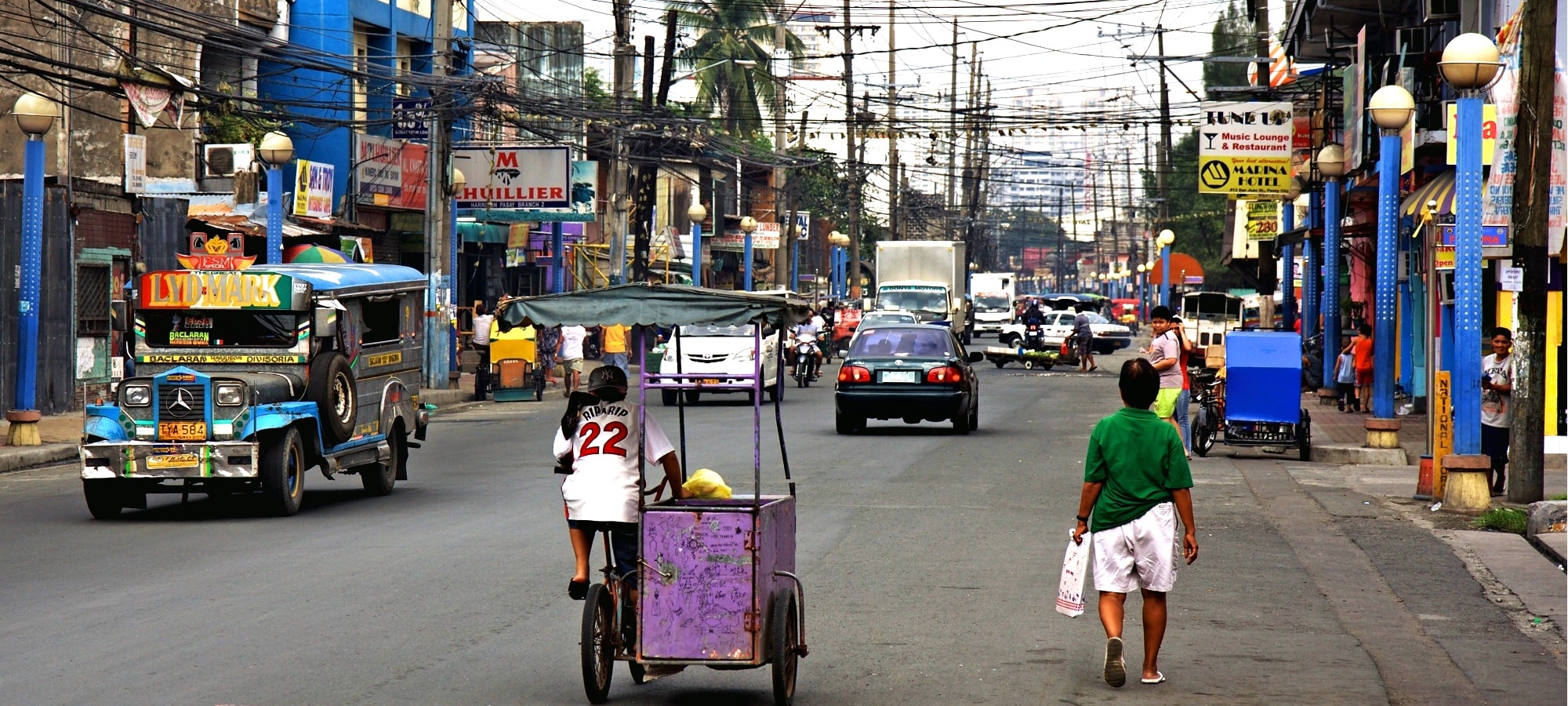Bustling, sprawling, and often chaotic, Manila isn’t everyone’s idea of a beautiful metropolis. Still, most visitors to the Philippines pass through its capital at least one time or other. Fortunately, if you scratch beneath the grimy surface you will find plenty of shiny gems that make a visit worthwhile. Amid its modern steel and glass shopping malls and peeling ancient slums are grand reminders of a bygone colonial era. And if the noise and diesel fumes become too much, do what the locals do and head for the parks, Manila’s havens of respite and cal
If you like big cities you’ll love MANILA: it’s a high-speed, frenetic place, where you can eat, drink and shop 24 hours a day and where the Filipino heritage of native, Spanish, Chinese and American cultures are at their most mixed up. Like many capital cities, Manila bears little resemblance to the rest of the country – something to remember if this is your first taste of the Philippines. With 12 million residents, much of it is chronically overcrowded, polluted and suffers from appalling traffic jams, yet in between the chaos lie tranquil gate-guarded “subdivisions” that resemble affluent parts of the US.
There’s extreme poverty here, with young children cleaning car windows, dancing or just begging for food at every interchange; while in enormous shopping malls thousands of wealthy, middle-class Manileños are as fashionable and hooked up with iPhones as any of their contemporaries in London or New York. And while the older parts of the city remain shabby and run-down, sparkling districts like Makati, Ortigas and Fort Bonifacio are smart and skyscraper-smothered, like any other booming Asian metropolis.
Technically sixteen cities and one municipality make up what is officially known as Metro Manila covering a vast 636 square kilometres. However, you can explore the key sights in and aroundIntramuros, the city’s only notable historical enclave, Manila Bay and Makati in a few days. Manila also prides itself on the quality of its restaurant scene, nightlife and the ability of its residents to whip up a good time. For many tourists, this will be their enduring memory of the place: fabulous food, funky bars and nightclubs in areas such as Malate and Makati. And don’t forget, Manila is still a great place to pick up bargains, from the latest goods cranked out by Chinese factories to intricate native handicrafts.
As well as outstanding sightseeing, visitors who put in the effort will discover its creative soul – from edgy galleries to a lively indie music scene. Combine this with a penchant for speakeasy bars, artisan markets and single-origin coffees, and it's clear to see that Manila's not only one of Asia's most underrated cities, but one of its coolest.
Metropolitan Manila encompasses six cities and 12 towns. Located on Manila Bay in the South China Sea, and bisected by the Pasig River, the capital of the Philippines is historic and modern, rich and poor. A popular sight is the walled area called Intramuros. The capital during Spanish colonization, Intramuros has retained old dungeons and gunpowder rooms but added art galleries and theaters. The city is filled with museums, shops, parks and churches, plus enough nightlife to last until dawn.

 Español
Español
 Français
Français
 Italiano
Italiano
 Deutsch
Deutsch
 Pусский
Pусский
 العربي
العربي
 Nederlands
Nederlands
 简体中文
简体中文
 Filipino
Filipino
 Bahasa Indonesia
Bahasa Indonesia
 Bahasa Malaysia
Bahasa Malaysia
 日本語
日本語
 한국어
한국어
 ภาษาไทย
ภาษาไทย




